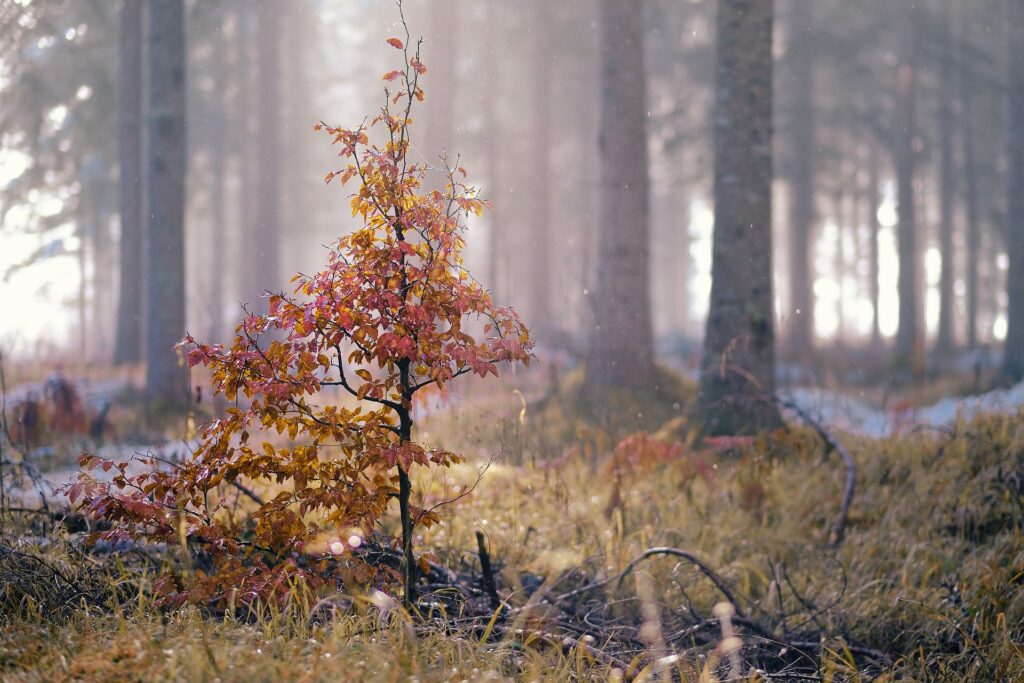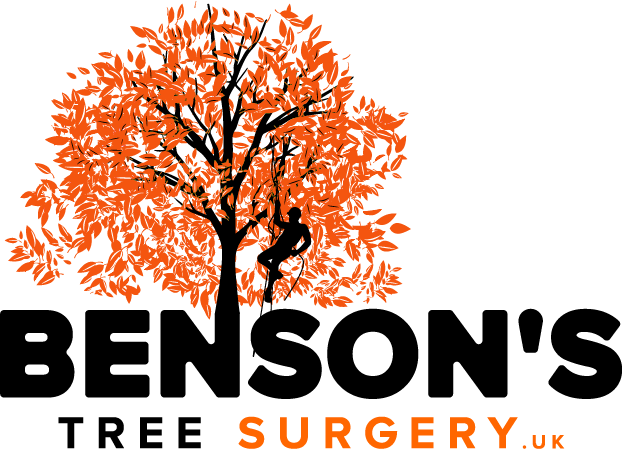Services
What we do
- 24hr Emergency Tree Services
- Tree Pruning and Crown Reductions
- Crown Lifting and Crown Thinning
- Crown Cleaning and Dead Wood Removal
- Tree Pollarding
- Hedge Management
- Dead and Dangerous Tree Removal
- Tree Felling / Tree Removal
- Sectional Tree Felling (in confined spaces)
- Site Clearance
- Tree Stump Removal

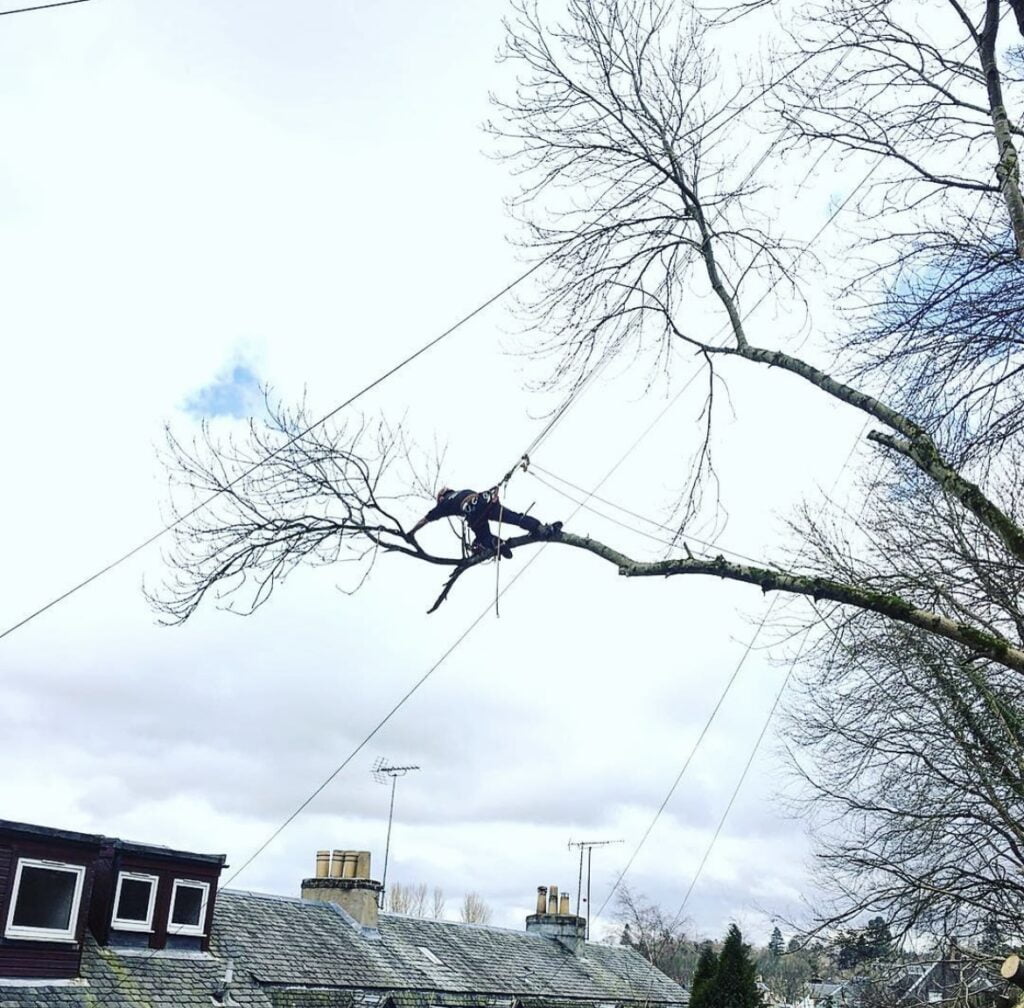
Emergency 24hr Tree Services
24-hour Emergency Tree Services
At Benson’s Tree Surgery, we respond to tree-related emergencies across Glasgow and surrounding areas. Emergency tree work can vary greatly, from storm-related work (e.g. tree felling) to recovering tree aesthetics after an act of vandalism.
To contact us about an emergency please call us directly on;
Tel: 07841 905145
Crown Reduction
Crown reduction is the reduction in height and spread of the crown (the foliage-bearing portions) of the tree. Crown reduction may be used to alleviate mechanical stress on individual branches or the whole tree or make the tree more suited to its immediate environment. Crown reduction can also reduce the effects of shading and light loss etc.
Crown Reduction – What does it do?
The final result should retain the main framework of the crown, and so a significant proportion of the leaf-bearing structure, and leave a similar, although smaller outline, and not necessarily achieve symmetry for its own sake. Crown reduction cuts should be as small as possible and in general, should not exceed 100mm in diameter unless there is an over-riding need to do so. Reductions should be specified by actual measurements, where possible. A good crown reduction will leave the tree appearing perfectly natural.
NOTE: Not all species are suitable for this treatment and Crown Reduction should not be confused with Lopping and Topping, an indiscriminate and harmful treatment.
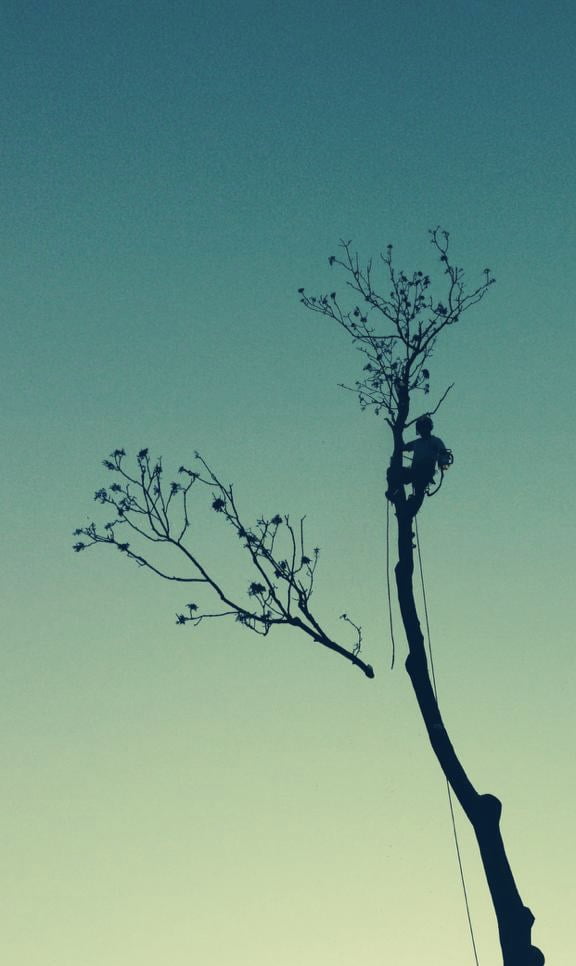
Crown Thinning
Crown thinning is the removal of a small percentage of secondary and small live branches to produce a uniform density of foliage around an evenly spaced branch structure. It is usually confined to broad-leave species. Crown thinning includes crown cleaning and does not alter the overall size or shape of the tree. Common reasons for crown thinning are to allow more light to pass through the tree, reduce wind resistance or reduce the weight of heavy branches.
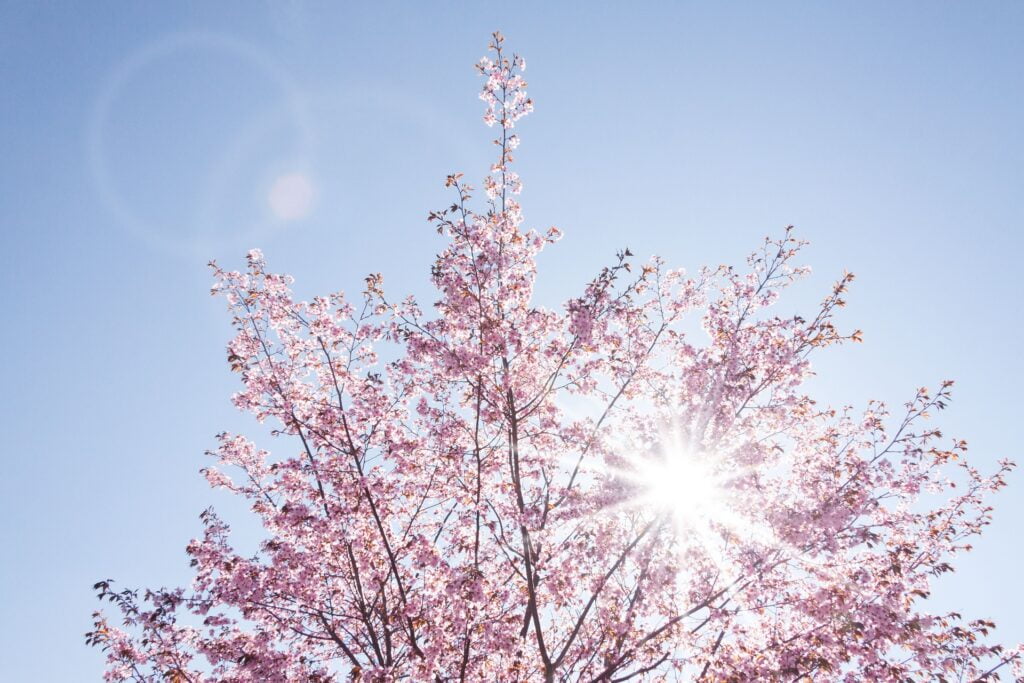
Crown Lifting
Crown lifting is the removal of the lowest branches and preparing of lower branches for future removal. Good practice dictates crown lifting should not normally include the removal of large branches growing directly from the trunk as this causes large wounds which may jeopardise the long-term future of the tree. Common reasons for crown lifting are to bring more light and give access to traffic. In the UK common practice dictates clearance for vehicles is 5.2 metres (17 feet) and for pedestrians 2.5 m (8 feet).
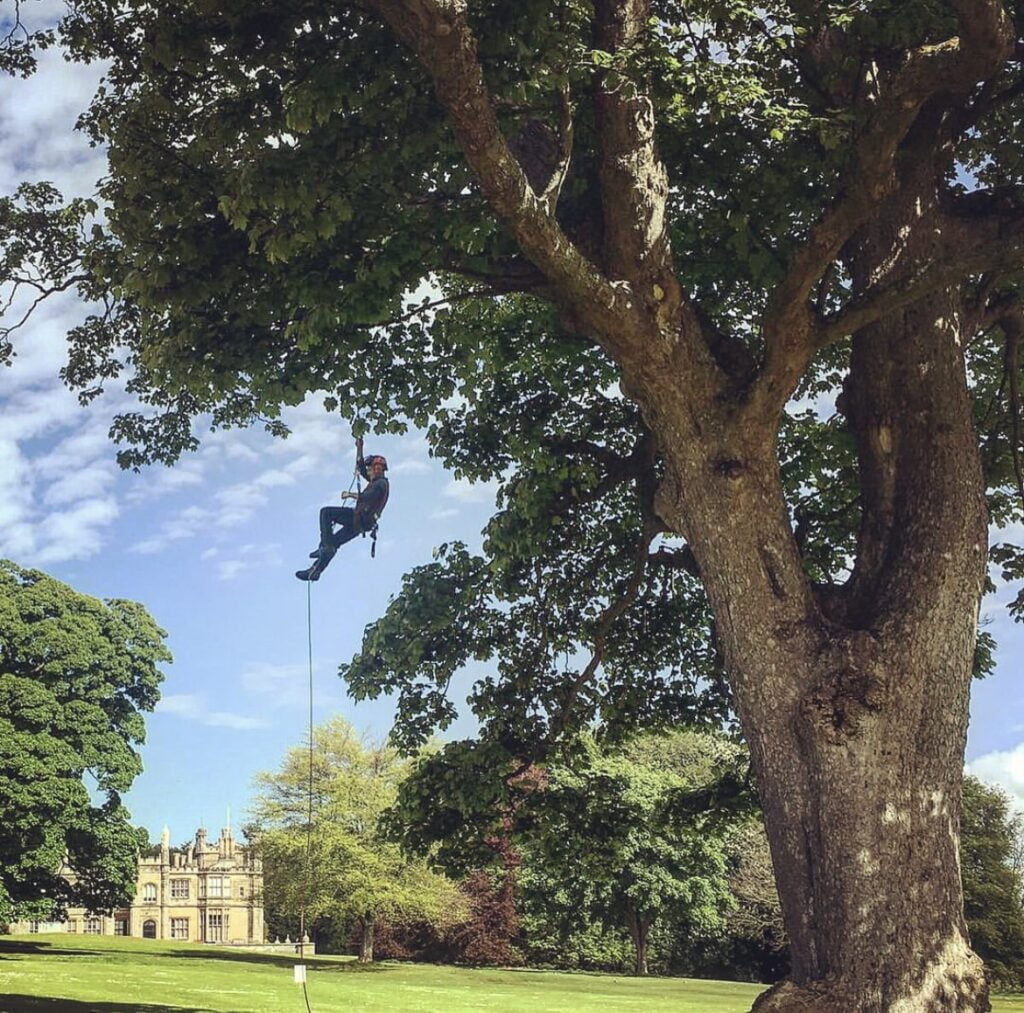
Crown Cleaning and Dead Wooding
The removal of overcrowded, dead, diseased, broken, weakly attached branches may include climbing plants such as Ivy.
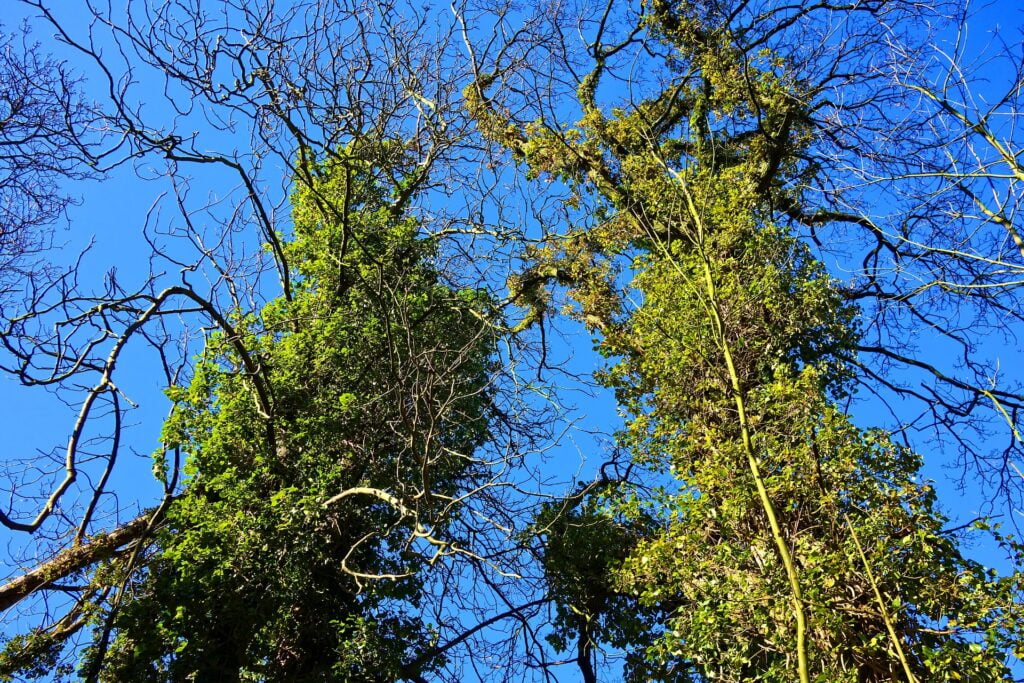
This commonly used term describes the removal of all branches from the trunk. Mature trees that have not been previously pollarded are generally not suitable for pollarding due to the large subsequent wounds such treatment produces. Furthermore, the long-term integrity of the tree will undoubtedly be undermined. A pollarded tree usually requires regular pruning of re-growth.
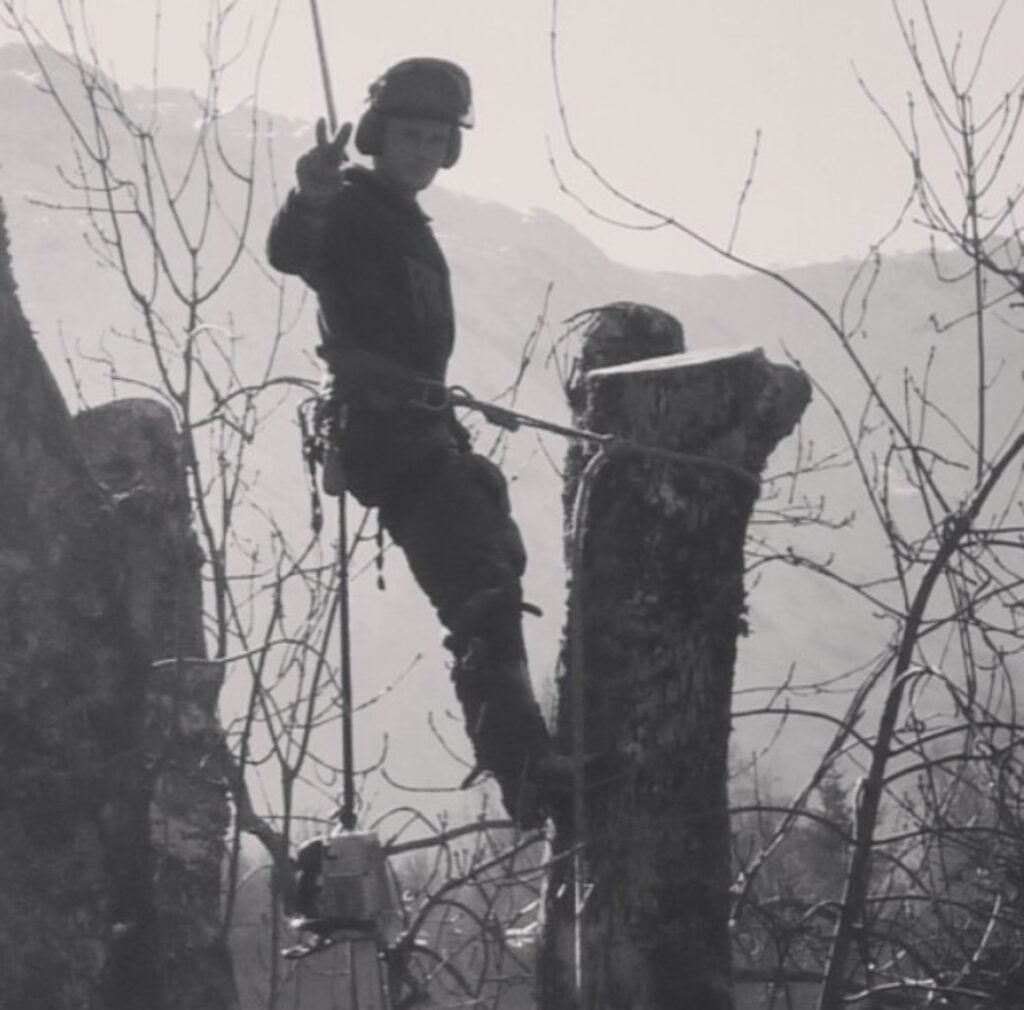
During a season (Spring- October) hedges really start to take off again and need to be maintained. Some hedges mighty need as much as 3 cuts during this season. It is a very simple task to keep these hedges in good condition and shape. If for whatever reason a hedge is left too long between cuts it can be difficult to bring the hedge back to its original shape or size.
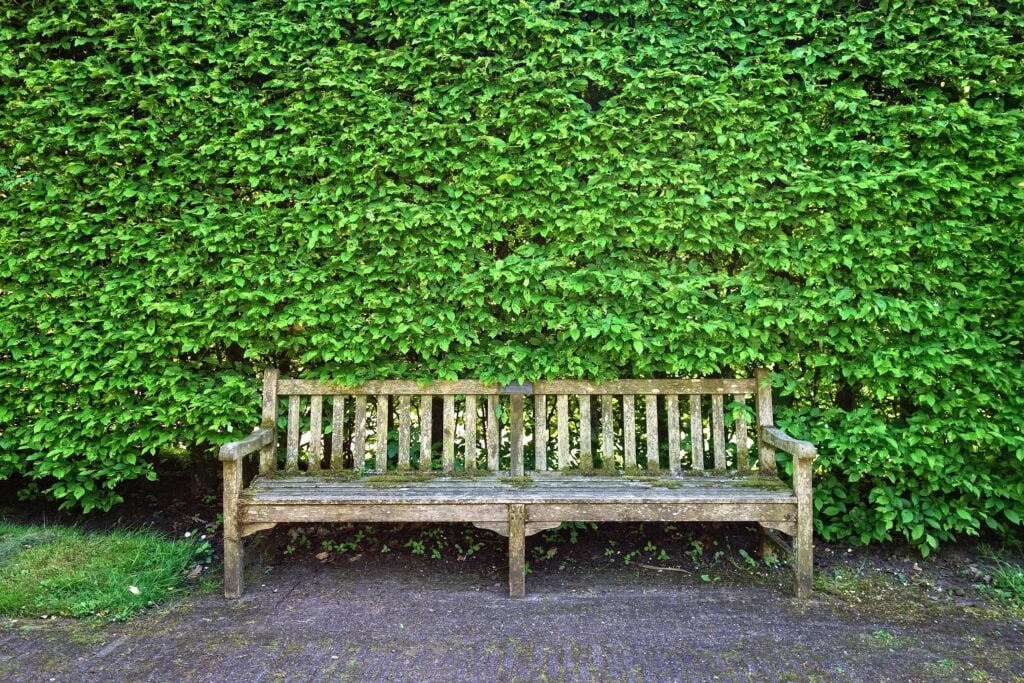
Trees die for many reasons, whether through old age, disease or structural failure it is important we deal with these problems as soon as possible. As a tree dies it becomes more dangerous and difficult to remove.
A tree doesn’t have to be dead to become dangerous. A few things could be, a heavy lean to one side, soil conditions, disease, storm damage, hung-up branches or a tree root system has been removed on one or more sides of the tree.
Some of these problems might not be so obvious to spot so it’s advisable to have Benson’s Tree Surgery, with the right expert knowledge and experience, to have a look. We can assess what needs to happen and make an estimate of how long a tree might have before a course of action must be taken.
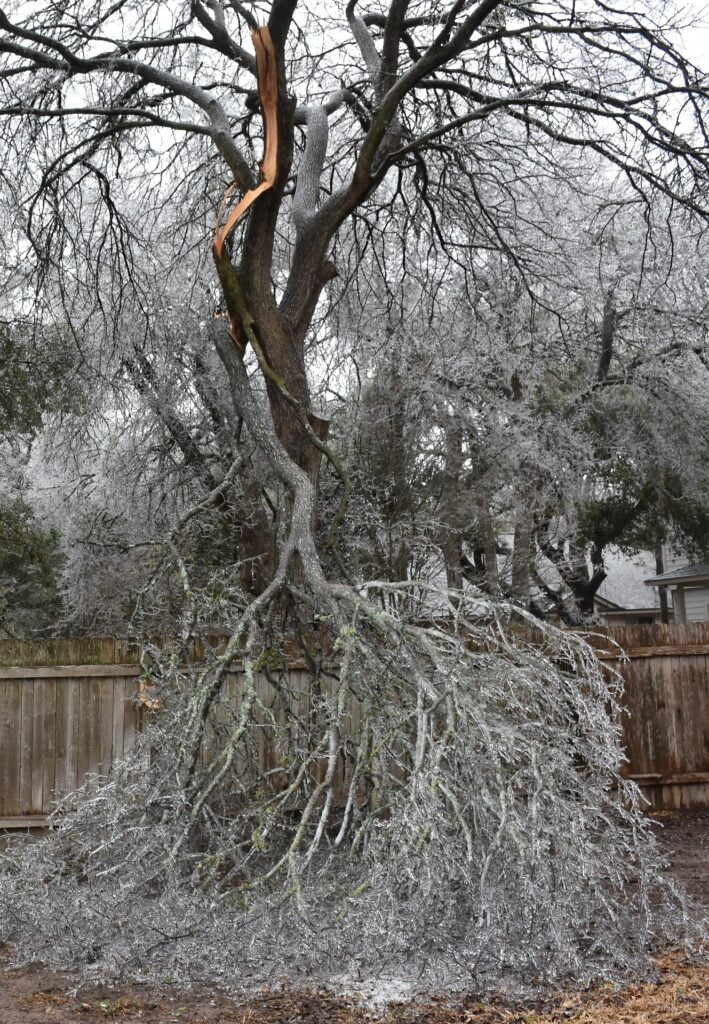
Tree Felling /Tree Removal
Sectional Tree Felling (in confined spaces)
In the urban area, most trees are close to buildings, phone wires, walls or even other trees, amongst other things. So in this case we climb these trees and dismantle them in smaller sections to reduce the risk of damage to the tree’s surroundings. In extreme cases, we will use rigging equipment and approved rigging techniques to make the job as safe and efficient as possible. All equipment used is subject to a weekly inspection by staff and a 6-month inspection from an approved LOLER (Lifting Operations and Lifting Equipment Regulations) inspector.
A tree doesn’t have to be dead to become dangerous. A few things could be, a heavy lean to one side, soil conditions, disease, storm damage, hung-up branches or a tree root system has been removed on one or more sides of the tree.
Some of these problems might not be so obvious to spot so it’s advisable to have Benson’s Tree Surgery, with the right expert knowledge and experience, to have a look. We can assess what needs to happen and make an estimate of how long a tree might have before a course of action must be taken.
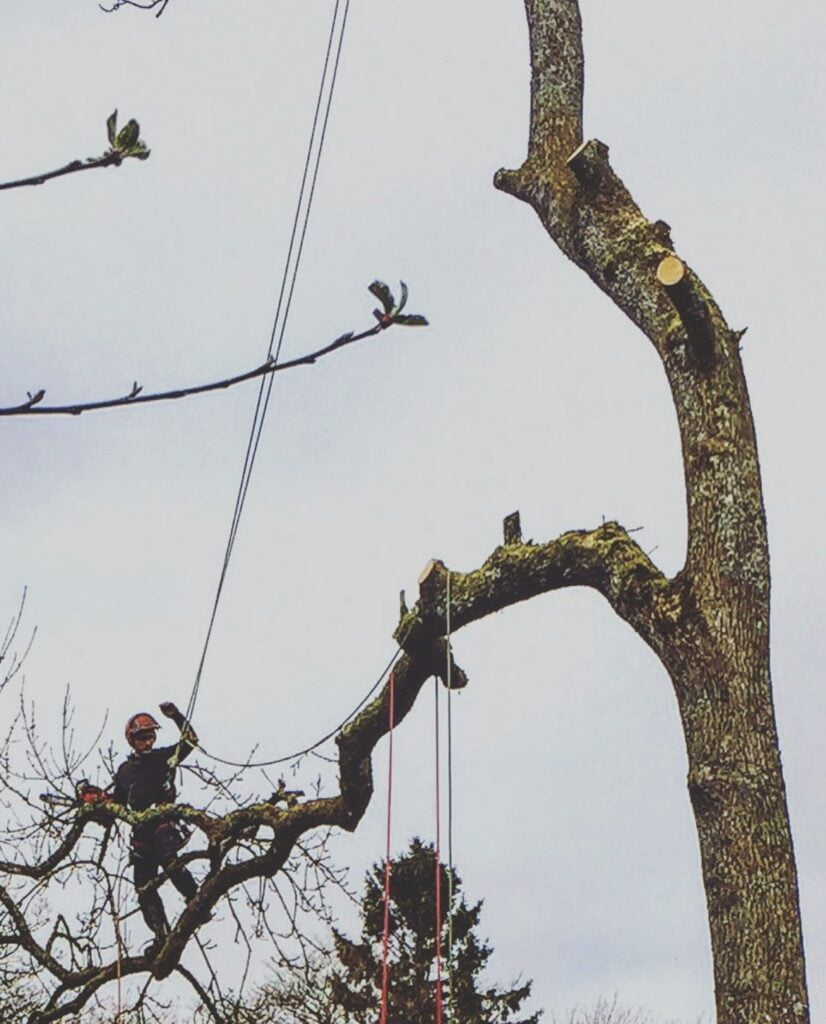
Site Clearances
Benson’s Tree Surgery are happy to carry out vegetation management and tree clearance projects for both commercial clients and private projects.
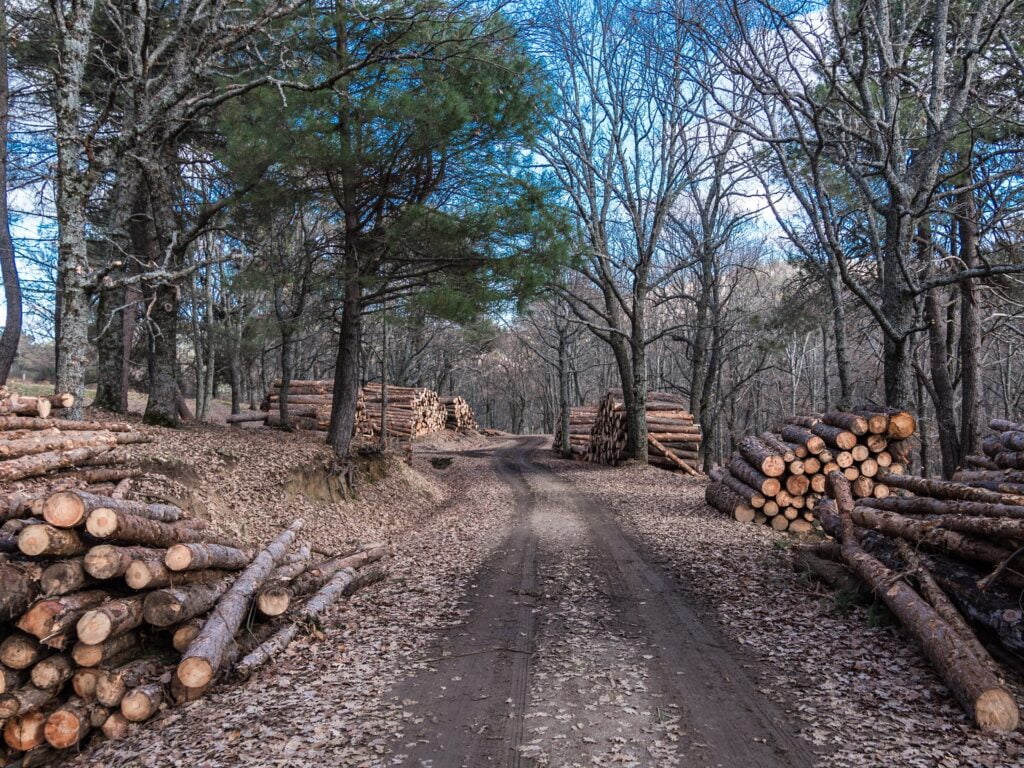
After a tree has been removed the only thing that’s left is the root system. The only way of getting this removed is by using a digger or a much smaller machine called a stump grinder. The stump grinder basically chips away at the old stump and breaks it down into mulch that can either be backfilled or taken away.
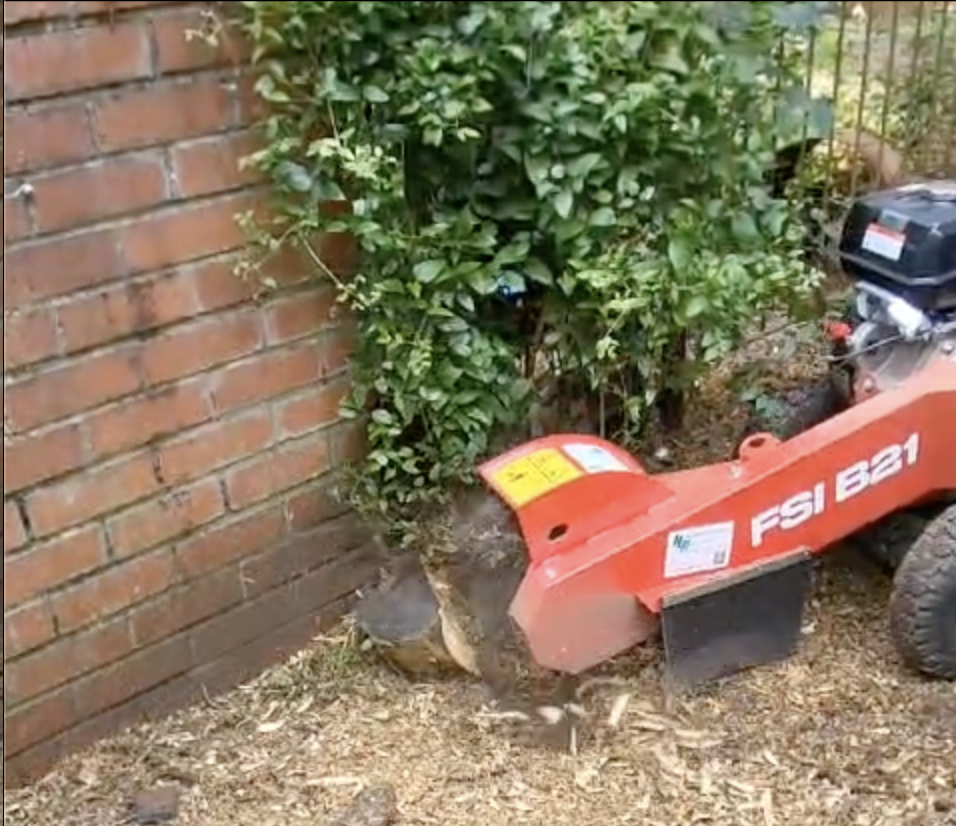
Ecology
Working with the Trees for Life Charity in Scotland we aim to help rewild the Scottish Highlands through the Caledonian Forest we have lost so much from. Our donation page can be found here.
Trees for Life was registered in 1989 and has been working to rewild Dundreggan Forest. For the trees we remove we work to replace them, and if we cannot do that with our customer, we work with Trees for Life to plant them elsewhere. Our future matters and we are keen to be part of the solution and not the problem.
